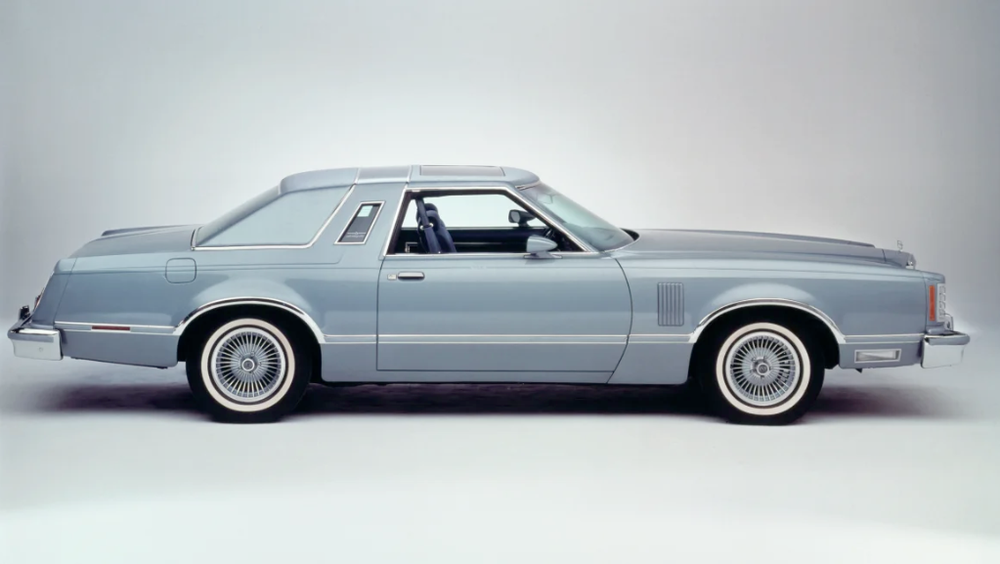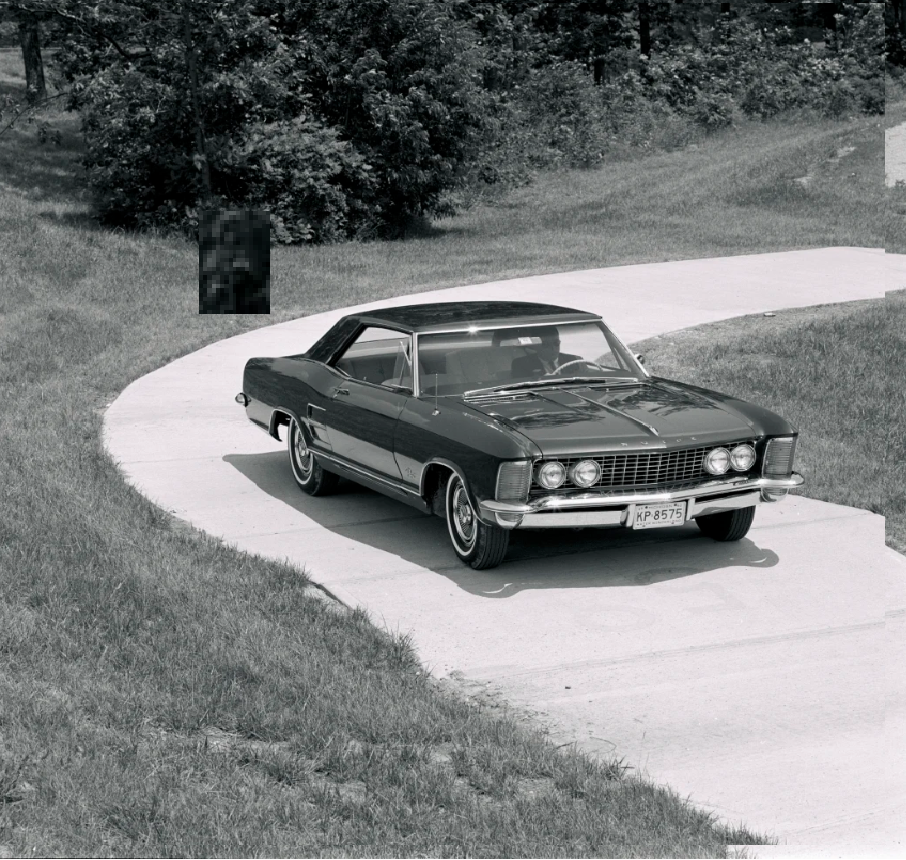The two-door “luxury private car” was a symbol of individuality and liberal style for decades of the last century, but this type of car almost became “extinct” in the 1990s.

By the 1990s, a breed of American cars that had been around for decades had all but become “extinct.” Big, inefficient, impractical, but striking and handsome—they still evoked a certain era of “over-the-top” American style.
According to CNN, these are cars like the Chrysler Cordoba with “Corinthian leather” seats — with the letters R like Ricardo Montalbán in the ads — the Buick Riviera, the Cadillac Eldorado and the Oldsmobile Toronado. Spanish-sounding names are also big.
Driving one of these “luxury private cars” clearly shows your personality and your free-spirited style - without requiring the “mundane” practicality of a rear door.
Of course, there are still two-door cars today, but most of them are high-performance sports cars that are not aimed at providing a comfortable ride.
But “personal luxury coupes” that are 45 or 50 years old still have appeal, as evidenced by the fact that they can command higher prices from collectors than comparable four-doors.
Speaking of “luxury personal coupes,” Brian Rabold of Hagerty, a car collector, said: “I think the term started in the ’60s. But it was in its heyday in the ’70s. There are still some out there, but they started to decline in the ’80s and ’90s.”
Long, low and stylish - these cars are icons of design and technology for car brands.
According to GM, the Riviera offered the first touchscreen in an automobile in 1986. Automakers could afford to put touchscreens on two-door cars because they sold in smaller numbers than four-door models, even at the time.
“Because you have lower volumes, you can afford to put in more technology,” said Kevin Kirbitz, a former GM engineer who is now the company’s head of heritage collections. “You’re going to have to charge a higher price point anyway.”
Over the years, these cars have left their mark.
Even today, some of America's big two-doors—with their long hoods, lots of chrome, and big doors—still have a certain appeal at some car shows, although you may find it a bit of a struggle to access their back seats.
For car designers, two-door models can offer more dramatic proportions, with long hoods suggesting power and a streamlined rear end that's aerodynamic.
Today, the two-door typically fetches about 67 percent more for modern collectors, demonstrating the appeal of the style. Of course, someone buying a 50-year-old car is probably even less concerned about practicality than someone who bought a car in the past, Rabold says.
Step aboard the Thunderbird
As for two-doors, Rabold credits the real explosion in “personal luxury” styling to the Ford Thunderbird. Introduced in 1955 as a competitor to the Chevrolet Corvette, the Thunderbird soon took a different direction.
While the Corvette evolved into a true sports car, Ford designers added rear seats and turned the Thunderbird into a comfortable cruiser. This style quickly became popular.
“That paved the way for a lot of other cars to follow. Every manufacturer had to come out with a product to compete in that segment,” Rabold said.

Four-door cars are still more popular, but a two-door car says something about you, says Scott Krugger, vice president of design for Stellantis' Dodge division.
“Over time, two-doors have become a personal statement, a performance statement, or a statement of specialness: Four-doors meet more of a practical need, a family need, and two-doors are different from four-doors in that way,” Krugger said.
The two-door race lasted for decades, but by the 1990s, something had changed.
These days, it’s rare to see a two-door car that isn’t a performance model like a Mustang or Corvette. Even the cheapest cars on the market, like the Nissan Versa and Kia Rio, have four doors. Rear doors, even on pickup trucks, are now the “default.”
Several factors have pushed the two-door car to its current position.
First, the rise of the sport utility vehicle (SUV) has pushed all other types of cars—personal vehicles that aren't trucks, vans, or SUVs—to the margins, regardless of how many doors they have.
Child safety regulations certainly played a role, too, Kirbitz said. By the 1980s, child safety seats were required across the country, so the days of kids climbing over front folding seats to get into the back were over.
These days, if you have a two-door car and kids, you're in for a pretty bad time: You have to bend over in the back to buckle the kids in, and install the seats yourself first.
Some two-doors used to be bargains – the cheapest cars were almost always two-door hatchbacks. But these days, two-door models are mostly found in luxury car showrooms in Europe.
BMW and Audi have two-door models with both hardtop and convertible tops.
Mercedes-Benz has just introduced the new CLE Coupe. The company is keeping a two-door, non-sports car in Mercedes dealerships in the US because, aside from practicality issues, there's still a market for it.
Some customers still value style over practicality, says Gorden Wagener, head of design at Mercedes-Benz.
“A car represents you and your interests. And you express that more clearly with a coupe, right?” he said.
HA (according to Vietnam+)